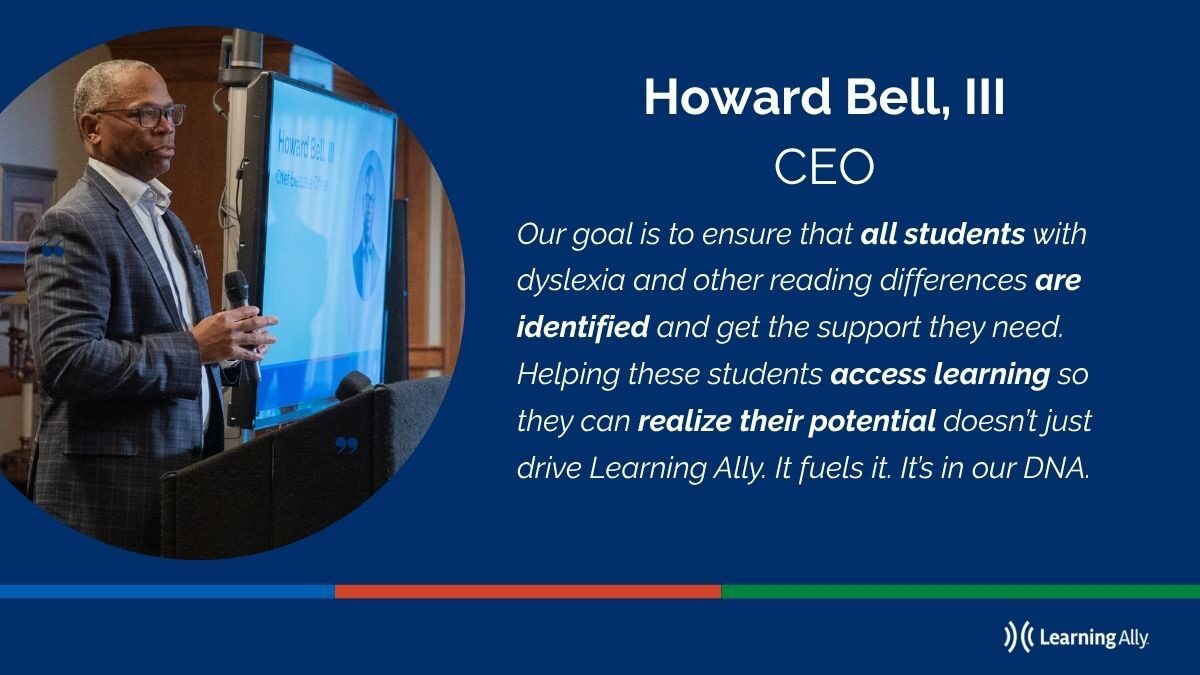As the year draws to a close, many of us pause to reflect on what—and who—has made a difference in our lives. It’s a season of gratitude, generosity, and meaningful… Read more
Categories: GivingLearning Ally Blog: Access and Achievement
Now more than ever, people with learning and visual disabilities are flourishing in the classroom, launching productive careers and becoming assets in their communities. This blog spotlights remarkable individuals who demonstrate that having a visual or print disability is no barrier to educational success.
Welcome New Member Lynne Munson Learning Ally’s impact—reaching millions of students with reading differences nationwide—doesn’t happen by accident. Behind the organization’s innovation and growth is a dedicated Board of Directors:… Read more
Categories: In the NewsA New Path Into Reading With Less Frustration For many students with dyslexia, ADHD, or other reading challenges, books can feel like a wall rather than a window. Dense text,… Read more
Categories: Audiobook LibraryArtificial intelligence (AI) isn’t replacing teachers—it’s supporting them in powerful new ways to personalize reading instruction and support every learner. That was the central message from Leta Palmiter and Kelly… Read more
Categories: In the News



